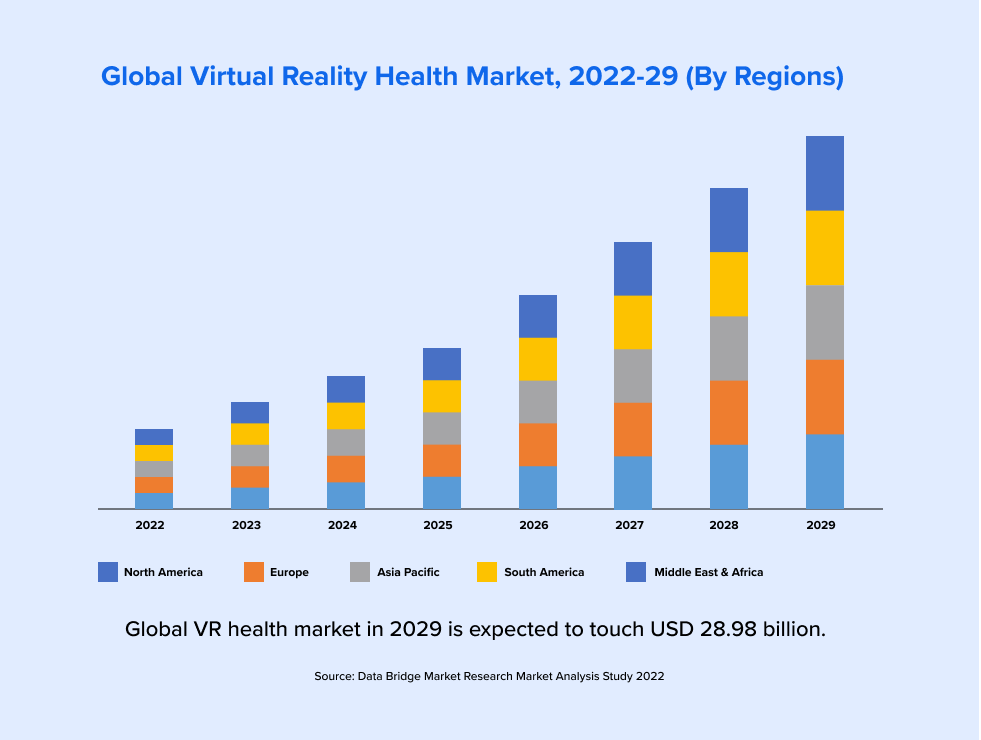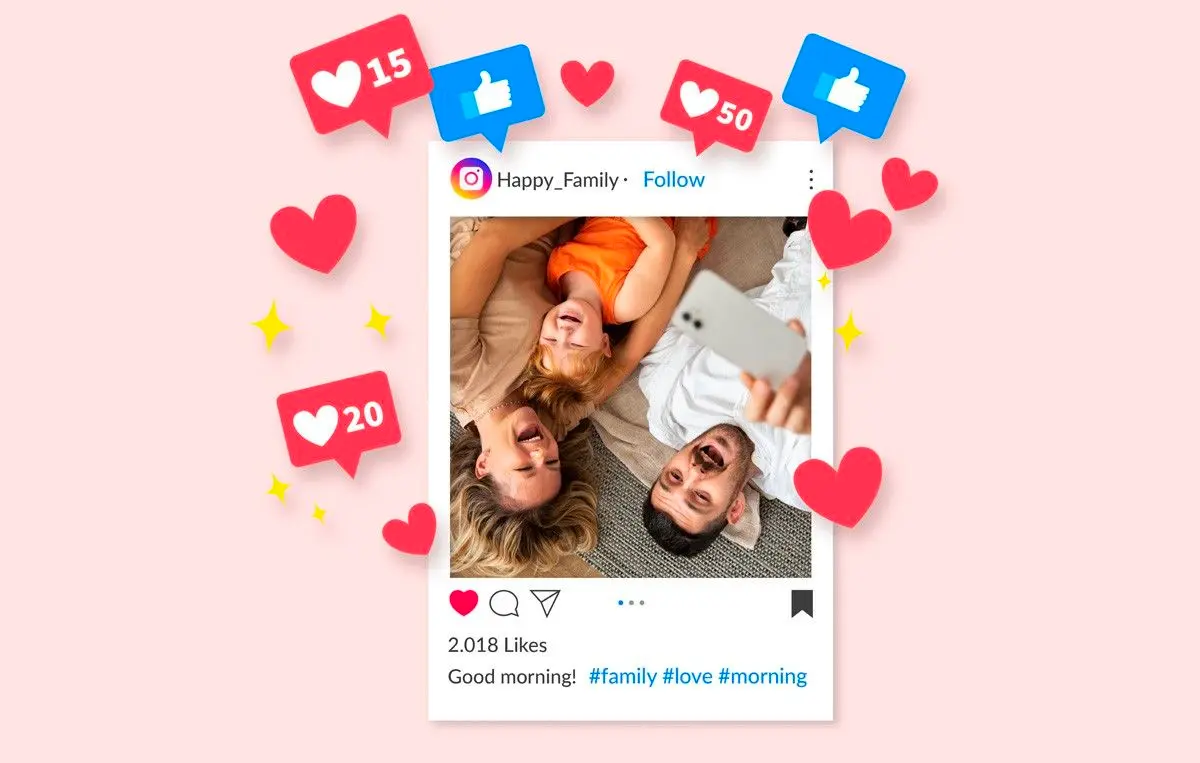More About VR
Virtual reality, as a technology, has made massive strides in the past decade and found a wide range of applications across industries.
Did you know that the global VR market is set to increase from a sub-12 billion USD value in 2022 to over 22 billion USD by 2025?
So, what is virtual reality? Virtual reality refers to a digitally created 3D environment that simulates reality and allows you to participate and engage with the artificial environment as your senses experience it.
The technology typically involves the use of specialized hardware, including head-mounted displays (HMDs) or goggles. These cover the user’s eyes completely and display virtual content, delivering slightly different images to each eye to create a sense of depth and three-dimensionality.
Also, VR systems often integrate motion-tracking sensors that adjust the displayed content according to the user’s head movements, enhancing the sensation of immersion.
How can you experience virtual reality on different social media platforms? Well, the virtual reality aspect of social media is generally seen in games in the form of avatars and interactive group activities incorporated into the storytelling and interface.
Also, content creators and marketers use virtual reality on social media for advertisements and other promotional activities. Virtual product demonstrations, 360-degree videos, and various other virtual experiences have become popular in recent years.
By leveraging virtual events and virtual influencer (or brand ambassador) campaigns, brands and businesses can promote interactive and engaging experiences. With tailored campaigns on social media and other platforms, marketers stand to enhance their reach among audiences, especially those that appreciate futuristic and innovative content.
Virtual reality also sees other applications across fields, including entertainment, education, and healthcare, by immersing users in virtual worlds that enable real-world training, development, and building. Here are a few use cases of VR:
- Training and simulations: VR can develop realistic training simulation models for professionals in fields like aviation, medicine, and the military, providing a safe and controlled learning environment for trainees.
- Education through virtual tours: Virtual reality can enhance educational experiences across specializations by enabling interactive virtual tours of distant locations, such as historical sites, museums, and other places of learning.
- Design and architecture: Designers in art and architecture, among other fields, can employ VR to offer immersive virtual environments for clients to experience simulations of the spaces to be built.
Today, continual advancements in virtual reality are enhancing the accessibility, realism, and comfort of virtual reality experiences, transforming the technology and its applications constantly.
The image below, for instance, shows the projection for the global VR health market by 2029 across regions, encompassing the technology’s use in various healthcare-related areas.



